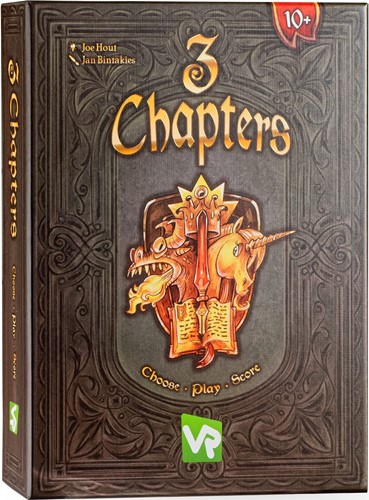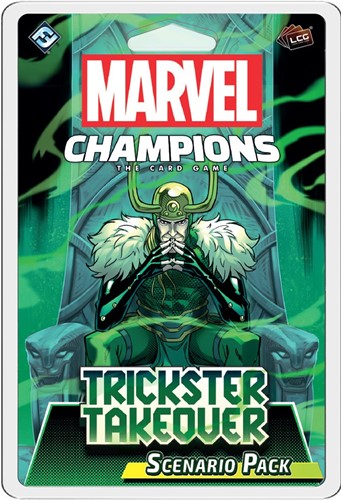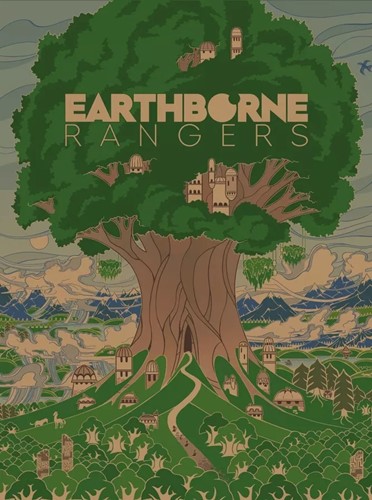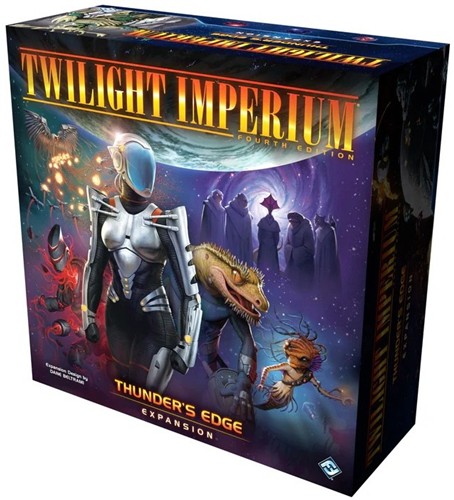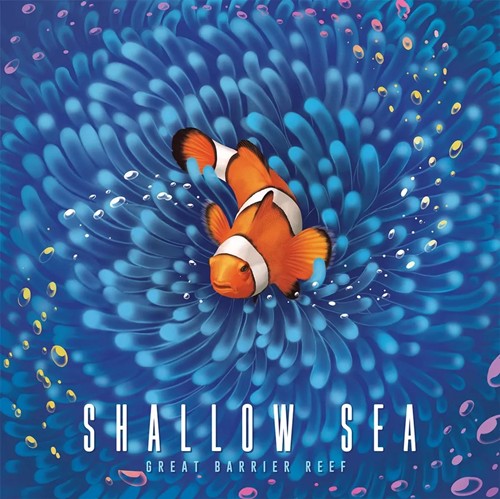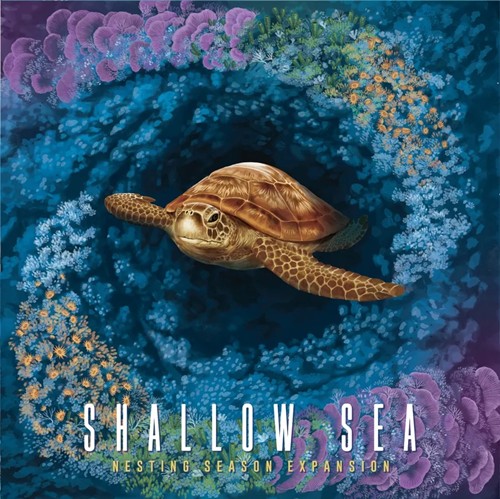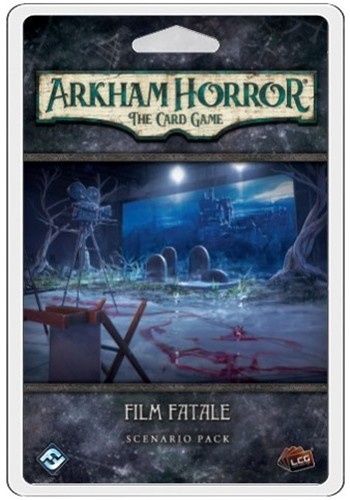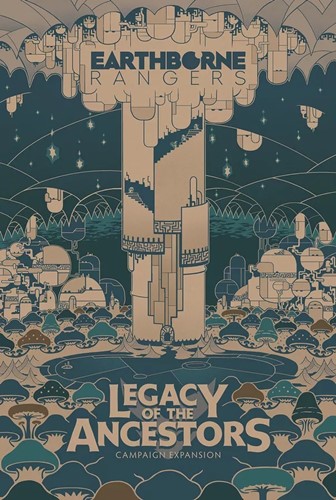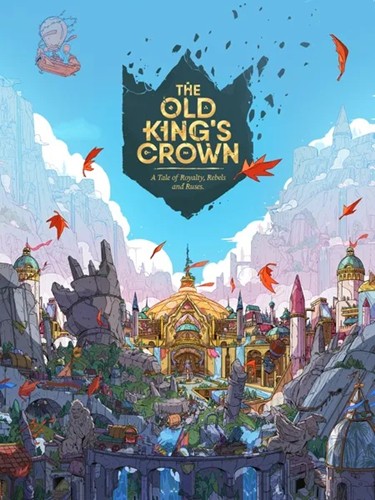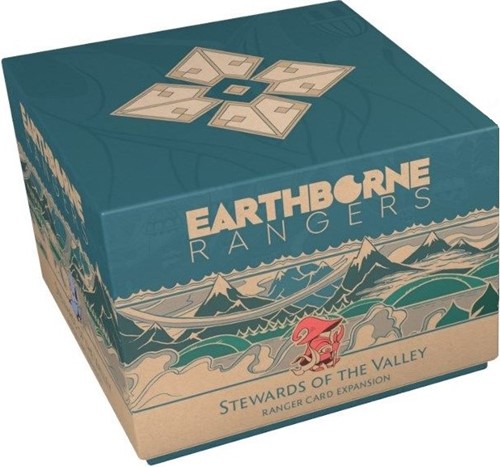Gathering Storm, both a game in its own right and a prequel to GMT's A World at War, covers the period from 1935 to the outbreak of World War II, whenever that might be. Like A World at War, Gathering Storm, simulates the military, economic, political, diplomatic, research and production preparations for the Second World War, allowing the players to explore what might have happened if:
Admiral Doenitz had convinced his superiors of the importance of submarine warfare in the impending war with Britain.Germany had pursued the Z Plan earlier and more consistently.The development of the 'Ural bomber' had been pursued.Poland had become a German satellite, rather than resisting German aggression.War had broken out over the Sudetenland, or even the remilitarization of the Rhineland.Mussolini had given a lower priority to naval armaments, to the benefit of the Italian armor and air forces.France had extended the Maginot Line.de Gaulle's arguments to expand and strengthen France's armor units had been accepted.Britain had rearmed sooner.Russia had deferred the Great Purges. Or accelerated them.The Spanish civil war had been won by the Loyalists.A civil war had broken out in Yugoslavia. Or Greece.Atomic fission had been discovered earlier.The Second World War had begun with a Franco-Italian conflict. Or a French pre-emptive attack on Germany. Or a Russo-German war, with Italy and the Western Allies neutral.War comes early. Or later, in 1940 or even 1941.YOU had been in command.Gathering Storm,can be played as a separate game in a single session, with its own victory conditions, but A World at War players will want to press on and see how the war they have created plays out. While using different mechanics, Gathering Storm,'s structure is consistent with A World at War and allows for a seamless transition to whatever alternate war the players planned – or stumbled into. Some 30 years in development, with three years of design and playtesting, Gathering Storm, includes the following:
Six random events each turn, providing unlimited replay value.Economics based on tiles and activity counters, eliminating any paperwork.Flexible mobilization rules, allowing players to emphasis civilian or military production – each at the expense of the other.Unit construction which allows players to activate reserve units for immediate benefits, at a cost of limiting future options.Variable research, which can focus on air, naval, military or intelligence projects, as well as short or long term gains.A fast-moving diplomatic system, with each player allocating diplomatic counters each turn. Diplomatic targets are public, but the points allocated to them are not.Shipbuilding that allows varied fleets, including the possibility of 5-factor super battleships.Ahistorical A World at War counters, including armor units of different strengths and additional ships.A dynamic crisis system, in which the Allies can appease or oppose the Axis, with neither side necessarily being certain whether war might break out.No dice.Contents:
Four countersheetsOne 22"x30" mapboardOne 8.5"x11" mapboard overlay144 Random event cardsRulebookBattle ManualTransition RulebookScenario CardsNo. of Players: 2 to 5
Min. Age: 12






